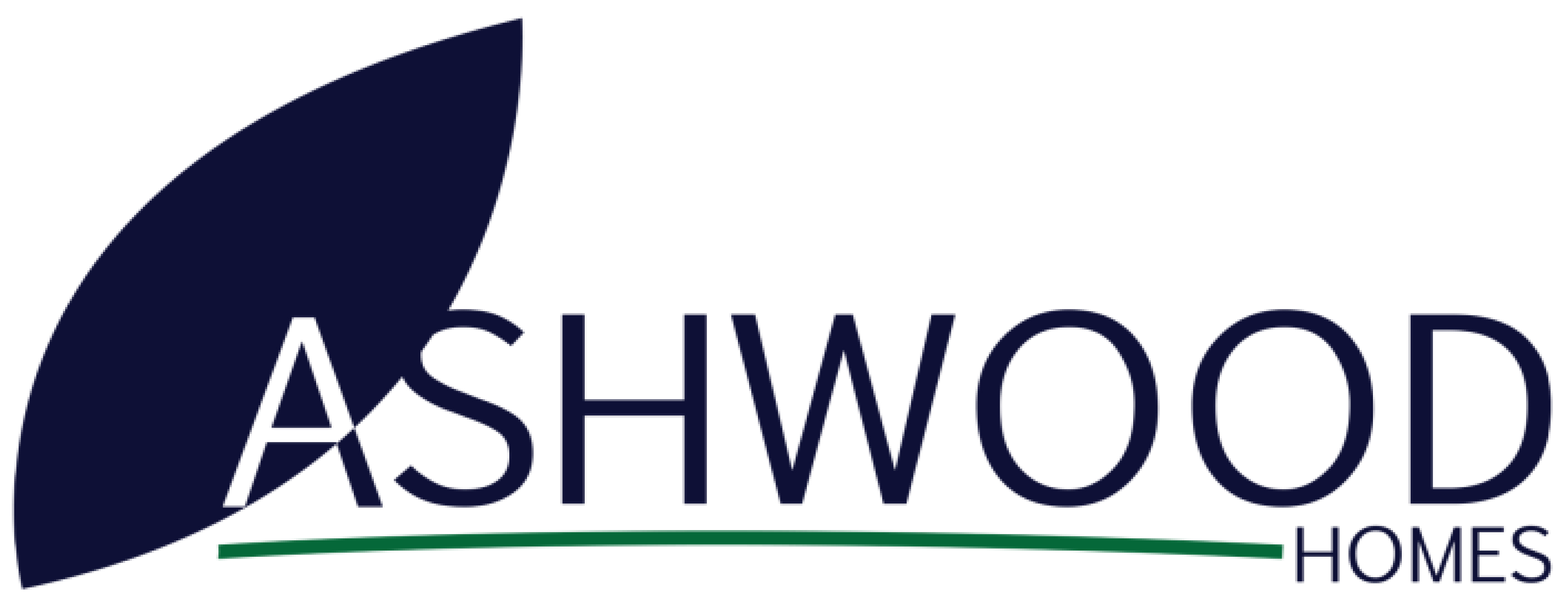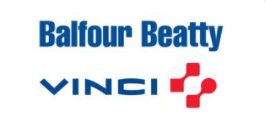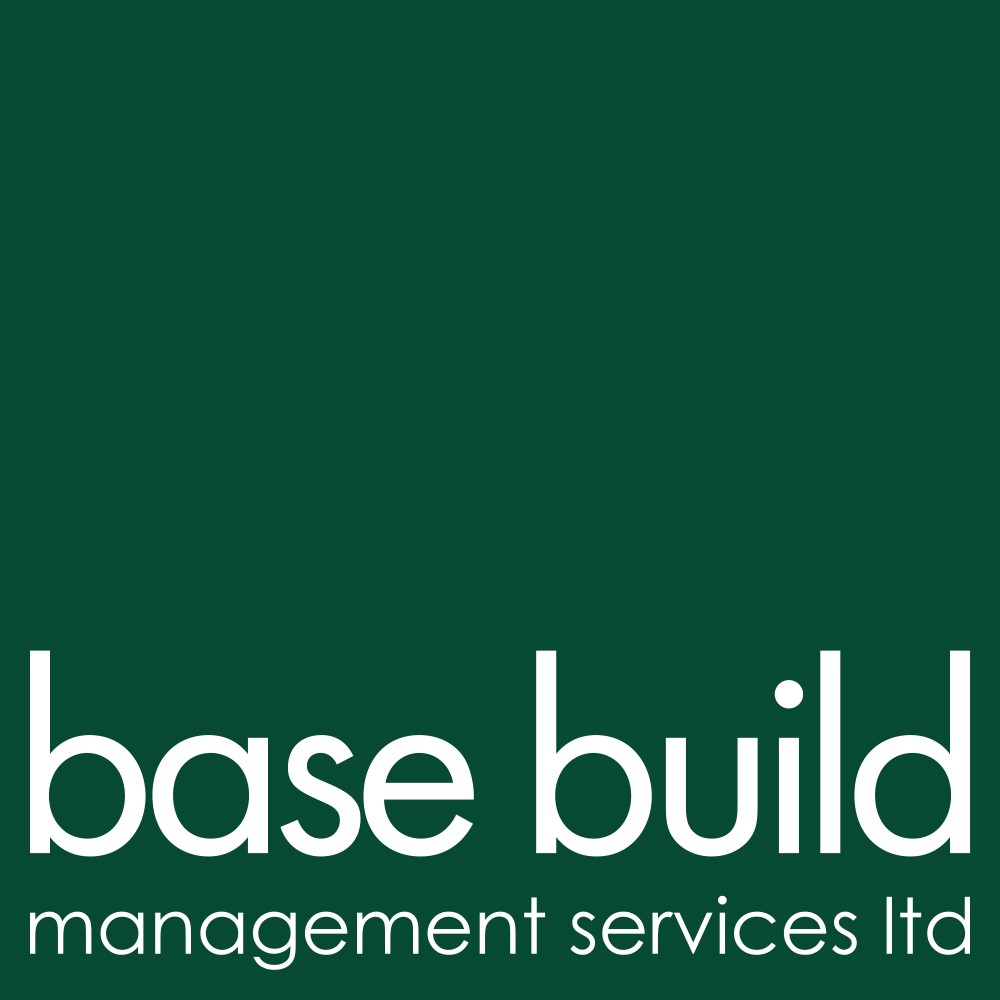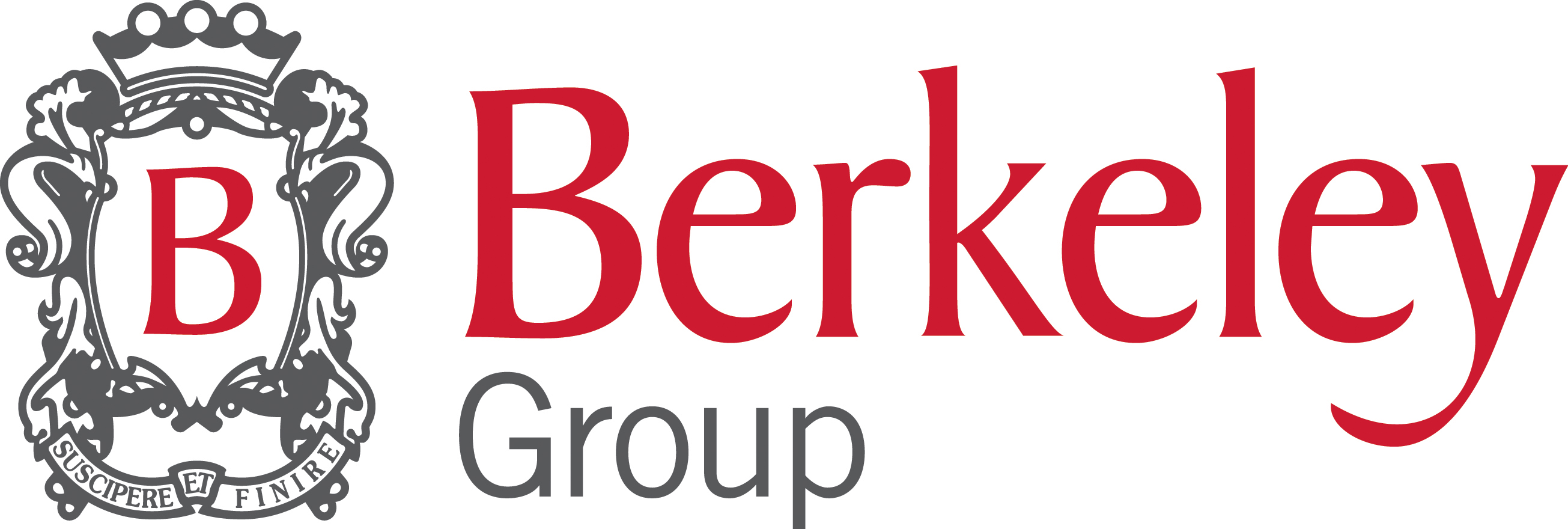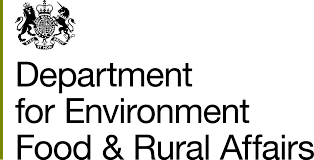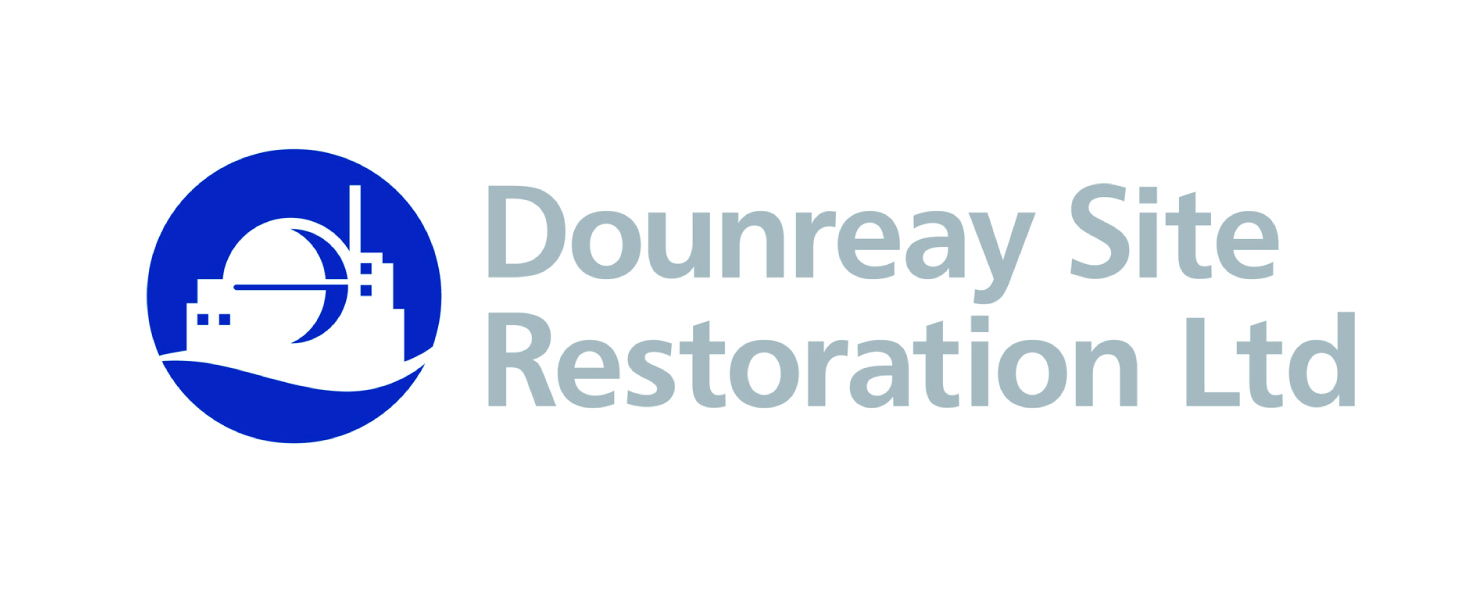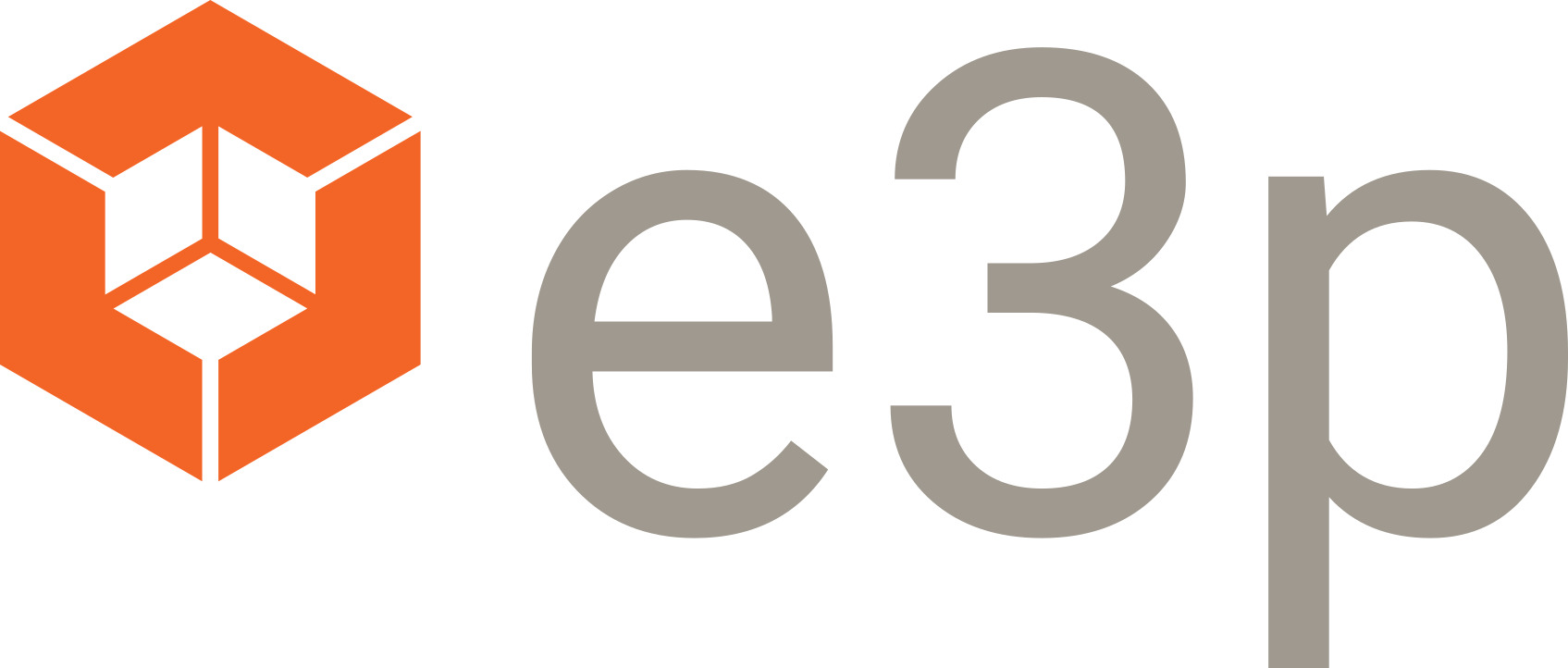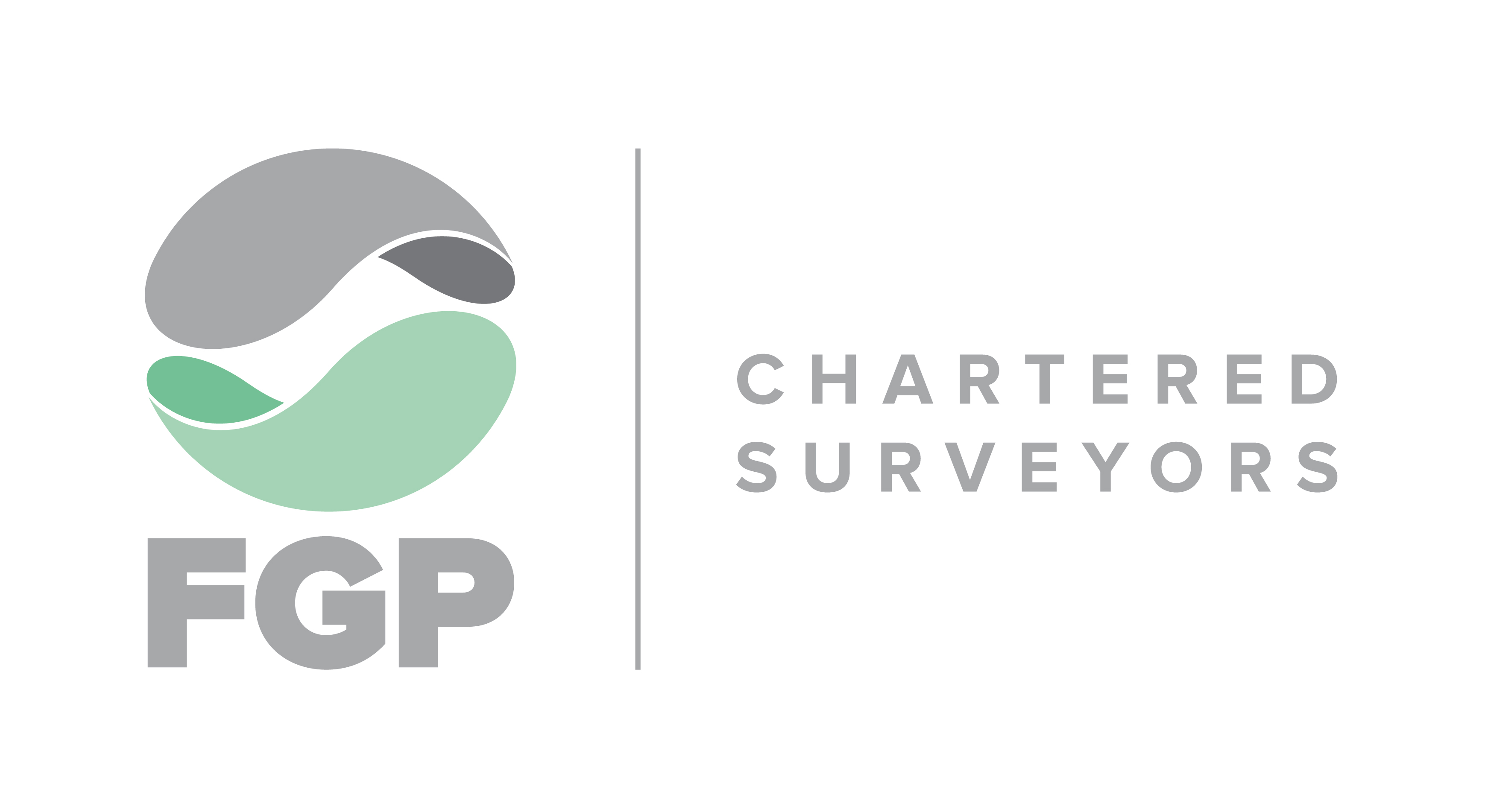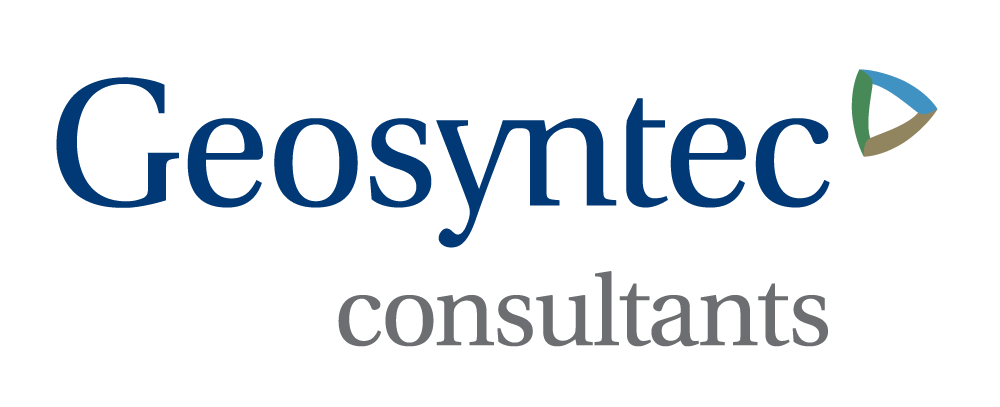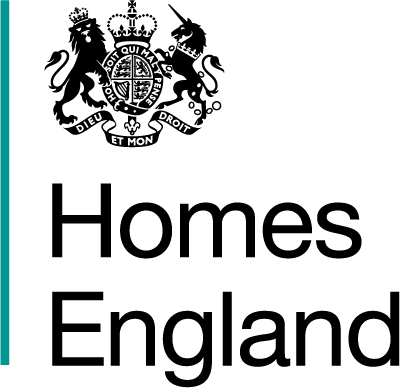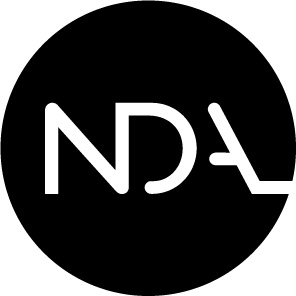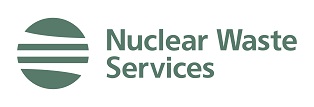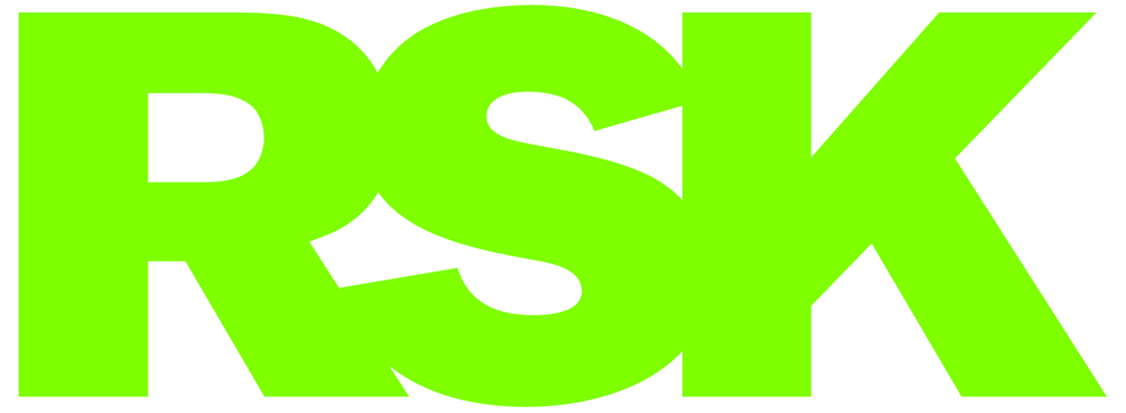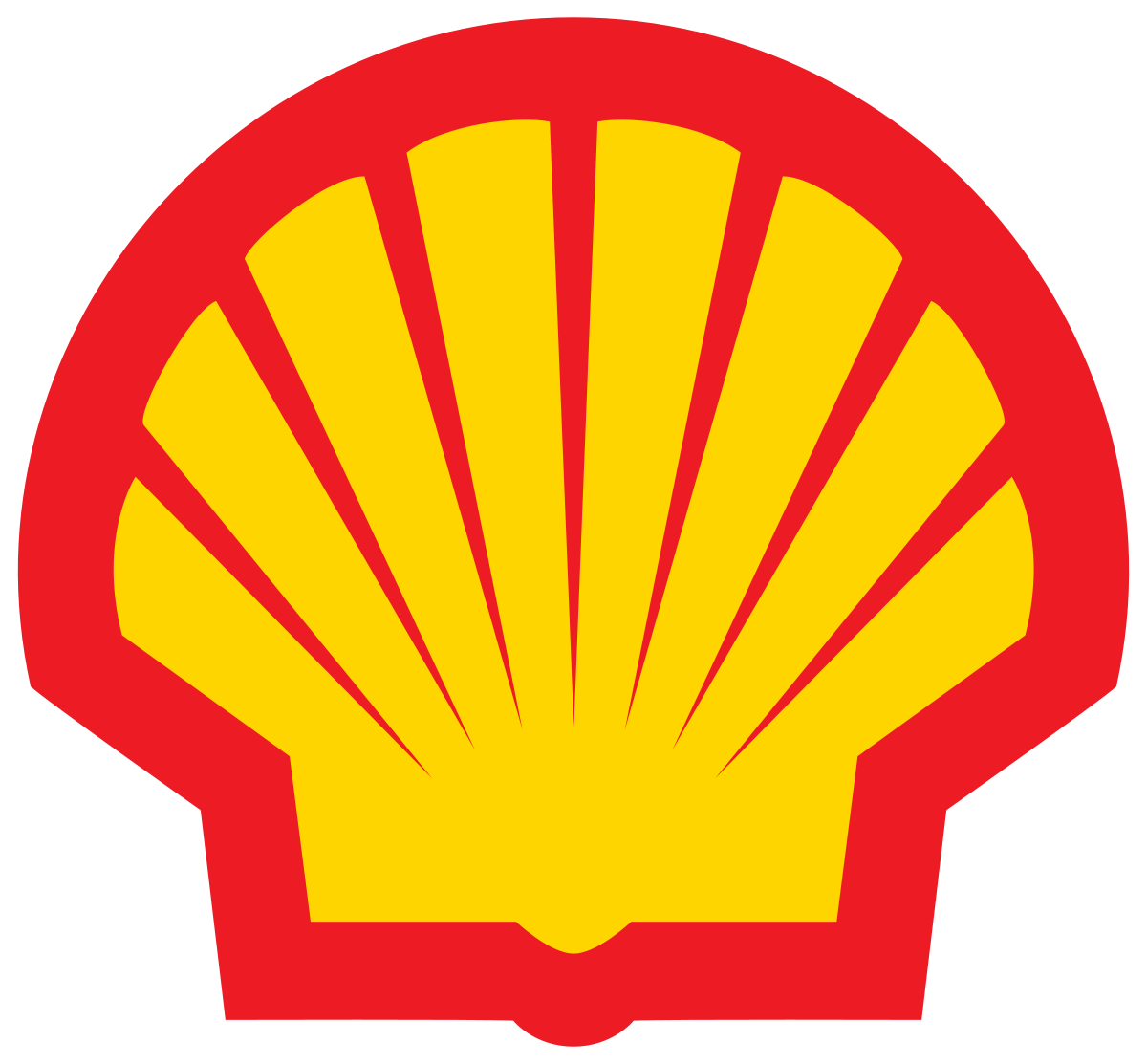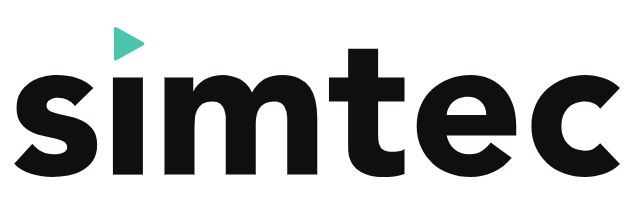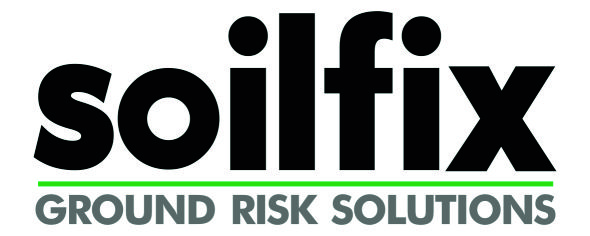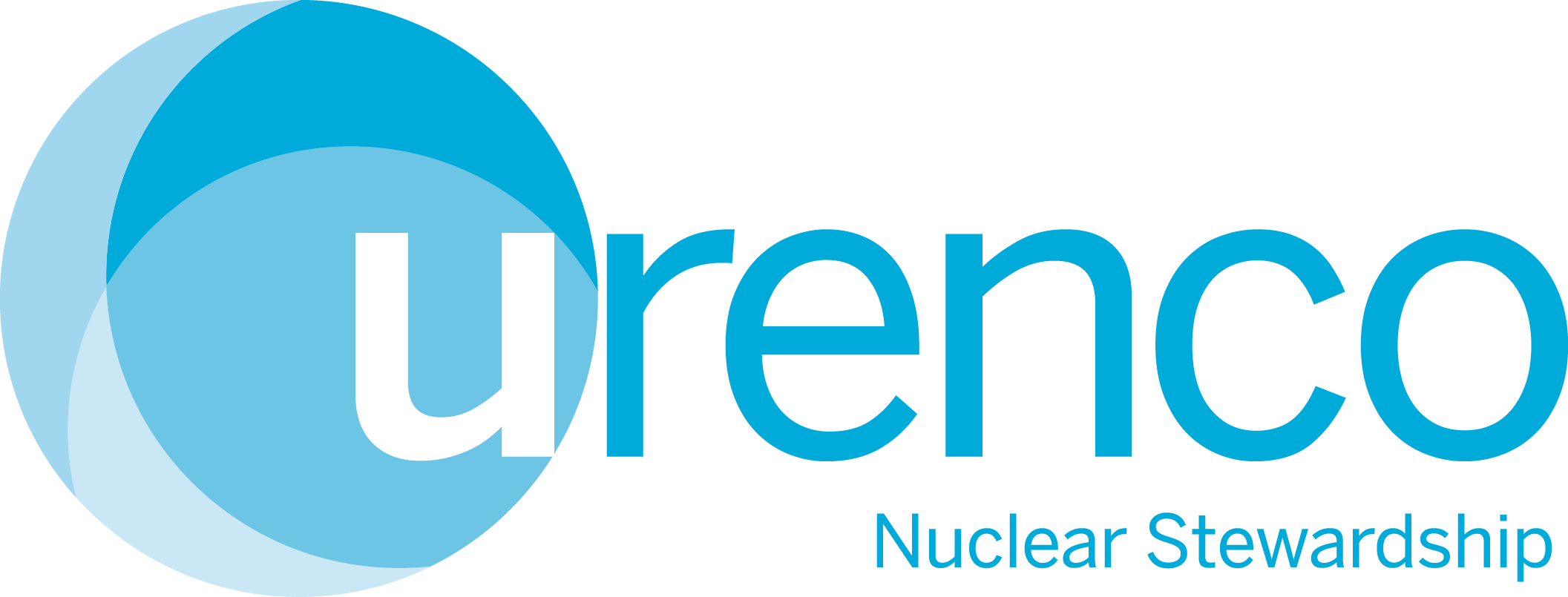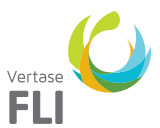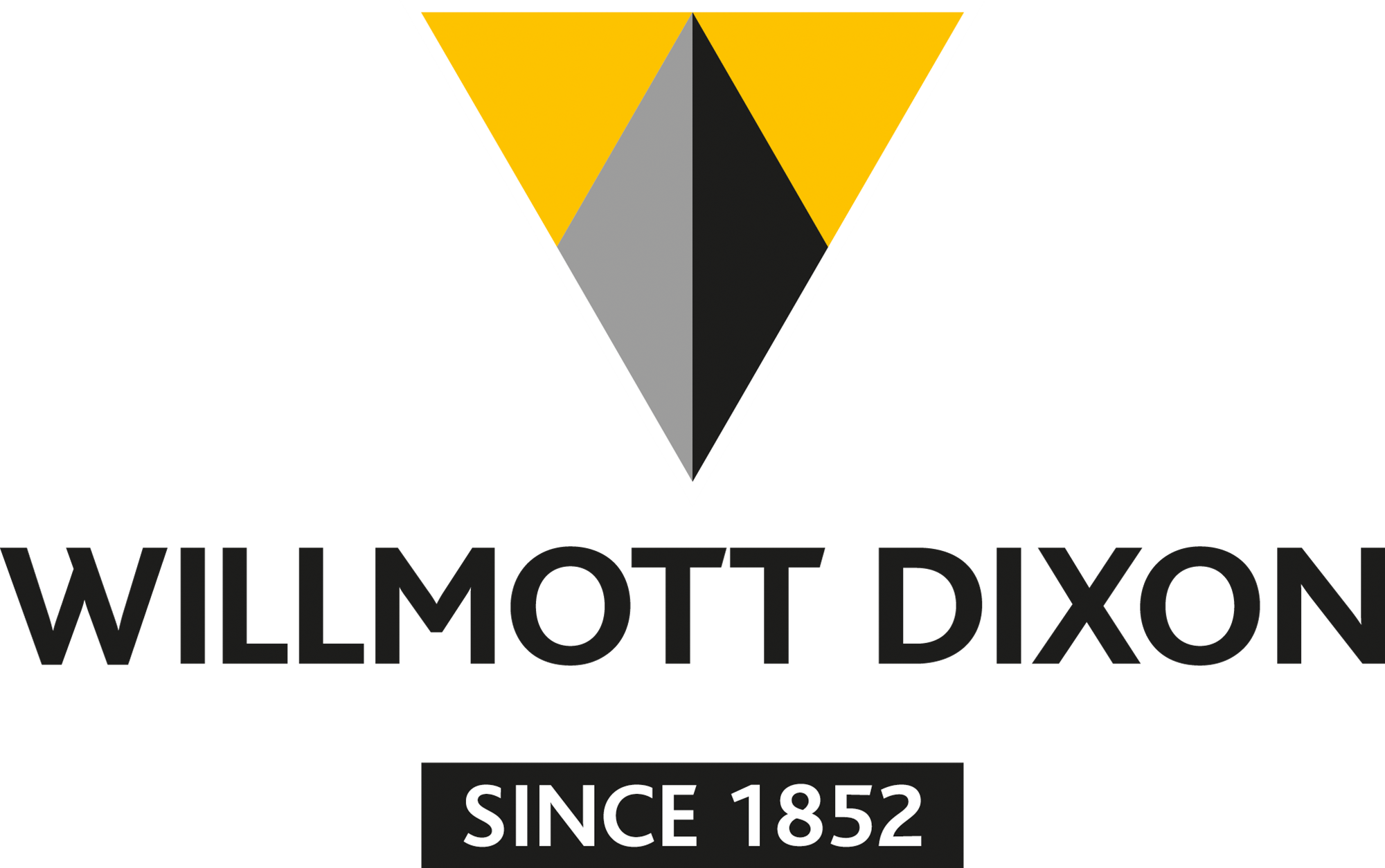Soil Guideline Values (SGV) and supporting technical guidance are intended to assist professionals in the assessment of long-term risk to health from human exposure to chemical contamination in soil.
There are different SGVs according to land-use (residential, allotments, commercial) because people use land differently and this effects who and how people may be exposed to soil contamination.
SGV are 'trigger values' for screening-out low risk areas of land contamination. They give an indication of representative average levels of chemicals in soil below which the long-term health risks are likely to be minimal. Exceeding an SGV does not mean that remediation is always necessary, although in many cases some further investigation and evaluation of the risk will be carried out.
SGV should not be used where they are not representative of the site under investigation. They do not assess other types of risk to human health such as fire, suffocation, explosion, or short-term and acute exposures. They also cannot be used to assess risks to controlled waters, property, pets and livestock, or ecological receptors.
SGV are available only for a limited number of chemical substances. However, the framework reports and software provide a starting point for the assessment of a much wider range of chemicals.
Professionals and regulators assessing risks to health from land contamination are not required to use SGV and the supporting technical guidance. Alternative approaches can be used provided that they satisfy the legislative requirements.
Framework Reports
The principles and method used to derive SGV is described in two main framework reports:
- Human health toxicological assessment of contaminants in soil (Science Report Final SC050021/SR2) (PDF, 718KB)
This report describes the technical principles and framework the EA use to derive Health Criteria Values. - Updated technical background to the CLEA model (Science Report Final SC050021/SR3) (PDF, 1.60MB)
This report describes the technical background to the CLEA model. It also sets out the underlying assumptions that the EA have made to predict exposure for three standard land use scenarios (residential, allotments and commercial).
Professionals should be familiar with the information in these reports before using SGV in site assessments.
SGV and TOX Reports
The EA published SGV Reports and TOX Reports for a small number of soil contaminants. TOX Reports describe the toxicology of specific chemicals or groups of related chemicals including a summary of expert group evaluations. They also set out the recommended health criteria values (HCV) used in SGV derivation.
SGV Reports discuss the available evidence for the presence of specific chemicals in soil and their fate and transport in soil systems. In addition to the SGV themselves, the SGV Reports contain other useful information to assist risk assessors.
CLEA Software
The EA published the calculations for deriving SGV as described in the framework reports as a spreadsheet for use by professionals in conjunction with the wider guidance. The CLEA software is written using Microsoft Excel and uses VBA macros to support functionality. In addition, a specific spreadsheet has been published to support the assessment of dioxins in soil.
- CLEA software v 1.071
- CLEA software v 1.06
- CLEA Licence Agreement
- CLEA handbook v 1.05
The CLEA software version 1.05 handbook is still relevant to version 1.06 and 1.071 and has not been changed.
FAQs
The Environment Agency compiled a list of the most frequently asked questions (PDF, 121KB).




